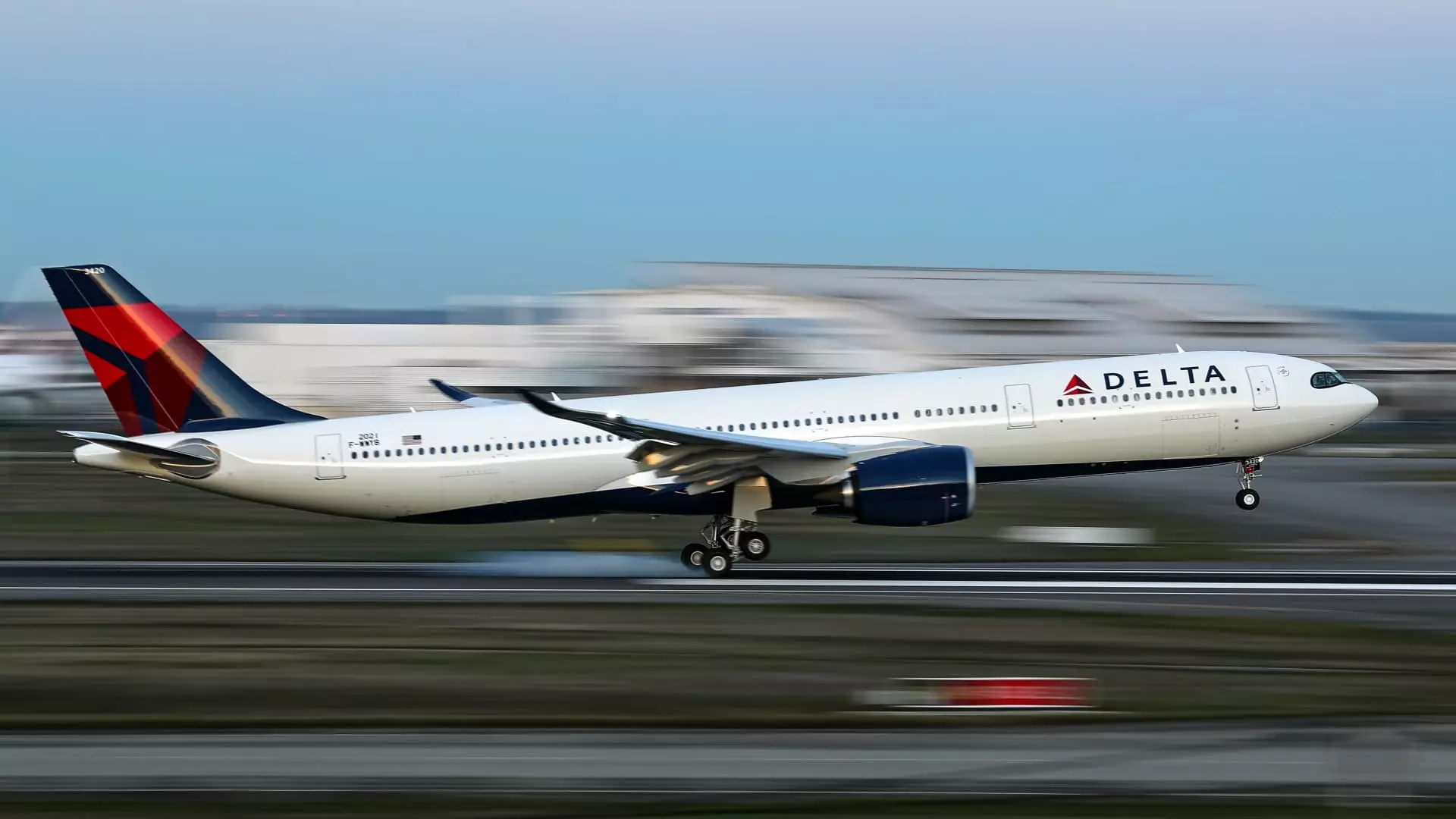The aviation industry is a tough business, driven more by profit margins than passenger comfort. Recently, airlines like Delta are exploring new paradigms for their premium cabins, ostensibly to improve customer segmentation and service. But beneath this veneer of innovation lies a calculated effort to maximize revenue. By tinkering with existing premium offerings—potentially introducing tiered pricing that further divides passengers—these airlines risk diminishing the very luxury experience they claim to enhance. It’s critical to recognize that such changes could prioritize corporate profits over genuine passenger comfort, especially as airlines find demand in luxury cabins more resilient than in economy.
The strategic focus on premium cabins suggests a recognition that the middle-income business traveler still values comfort at a premium price point. Instead of simply raising prices, airlines are contemplating “segmentation,” which can mean offering different levels of service within the same cabin—more options for those willing to pay more, or possibly stripped-down versions for budget-conscious premium travelers. While these moves might boost short-term revenue, they threaten the core value proposition of premium cabins: exclusivity and luxury. Such moves could lead to a tiered experience that favors the wealthy while diluting the overall prestige of premium travel, creating a two-tier system where the true luxury is reserved for the few willing or able to pay even more.
Profits Over Passenger Experience: The Hidden Agenda
Delta’s focus on “improved service and segmentation” signals that the airline recognizes the lucrative potential of its premium offerings. Revenue from business class surged, while main cabin earnings declined, reinforcing that the high-end segment remains the most profitable. But the temptation here is to turn luxury into a commodity: more seats, more add-ons, more options that could fragment the experience. Airlines are increasingly viewing premium cabins not as a sanctuary of comfort but as another revenue stream.
The push towards new types of tickets—potentially cheaper first- or business-class options that may exclude amenities like lounge access or comfortable seats—revolves around the idea of “value.” But who truly benefits? The airlines’ bottom line, possibly at the expense of a seamless, well-defined luxury experience that justifies premium prices. Hauenstein’s comments about “not rolling out yet” reveal an ongoing uncertainty and perhaps a calculated caution, but also a willingness to experiment. The risk is that such innovations will erode the perceived value of premium cabins, turning them into a confusing mosaic of options that serve corporate greed rather than passenger satisfaction.
Luxury: Because Better Isn’t Good Enough?
The trend among domestic and international airlines to overhaul their premium cabins underscores a desire to reassert dominance in the high-end market. United, American, and Virgin Atlantic are all investing in more luxurious, spacious, and innovative seats—spaces intended for comfort and exclusivity. However, Delta’s strategy, as revealed by CEO Ed Bastian, indicates that even the most established “state of the art” luxury experiences are seen as outdated, prompting a cycle of continuous upgrades that are likely to become increasingly expensive for the consumer.
This incessant race for “top-tier” cabins risks transforming luxury from a service to a product with multiple price points, each with a different set of perks. While this may seem beneficial for consumers who want more choices, it further entrenches the divide between the everyday traveler and the wealthy elite. The true danger is that “luxury” becomes commodified—what was once a standard of travel becomes a variable that depends on how much you’re willing to pay, not on what you actually deserve as a passenger.
Given these developments, it’s clear that airlines are no longer solely focused on offering comfort—they are turning premium cabins into strategic tools for profit maximization. For those who value clarity and consistent quality, this trend warrants concern. The era of transparent, straightforward luxury could be giving way to complex, tiered systems whose primary goal is to extract more dollars from passengers already investing heavily in their travel experience. In the end, travelers might find themselves paying more for less, not because they desire explicit devaluation of comfort, but because competition among airlines pushes the premium experience toward an ever-elusive ideal of exclusivity and profit.

